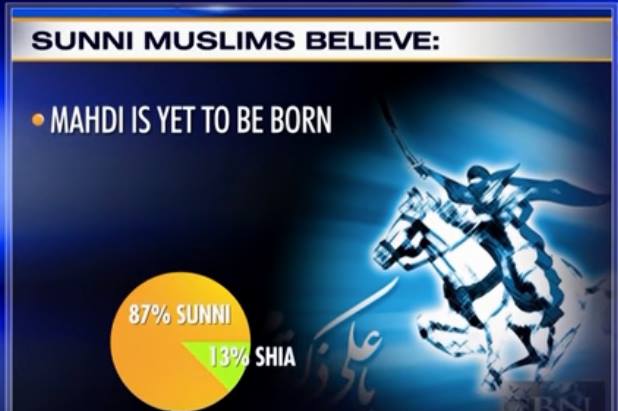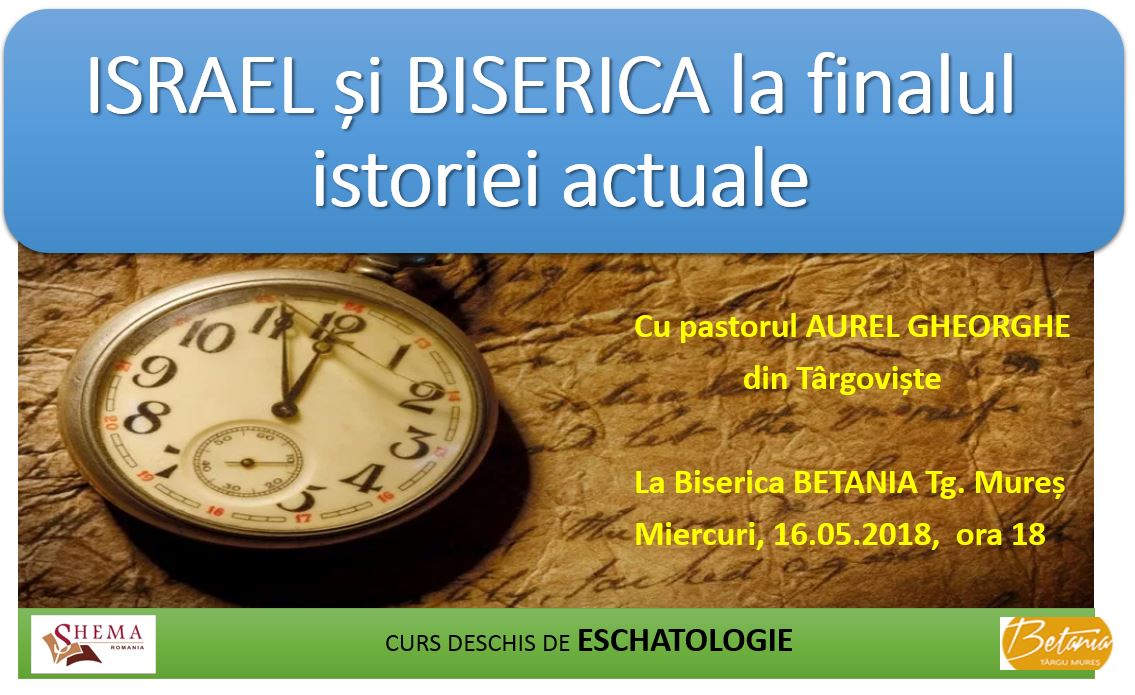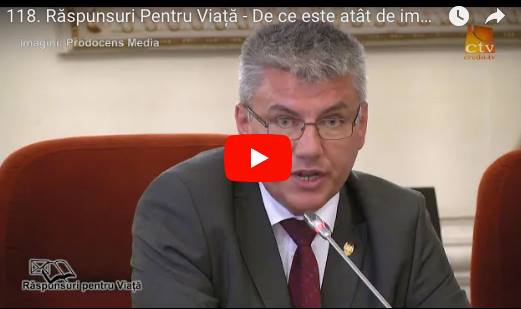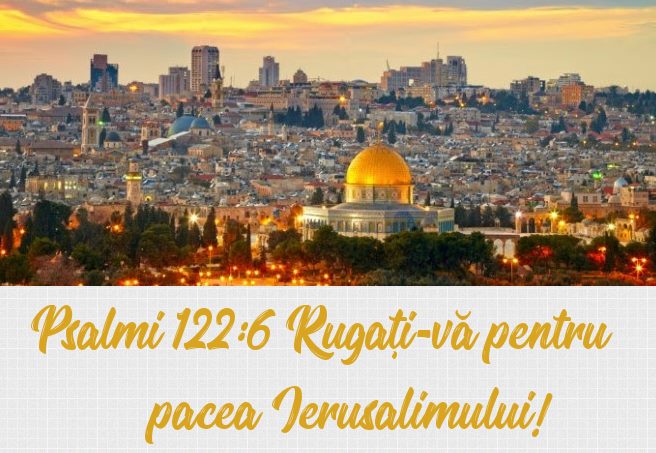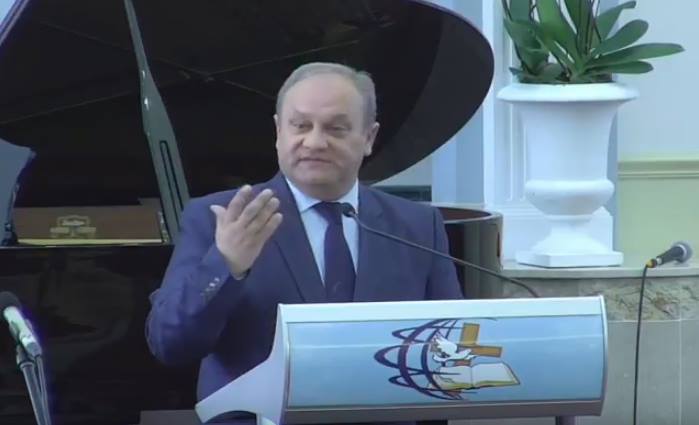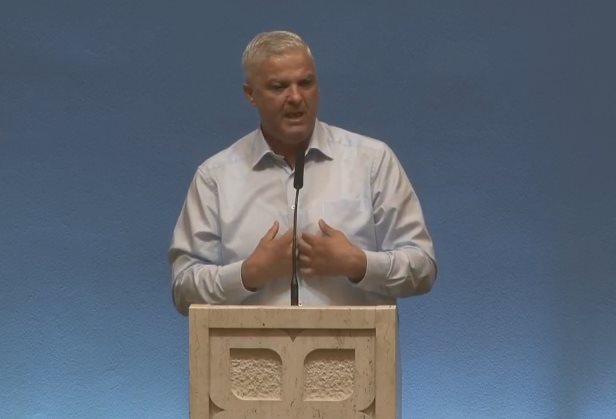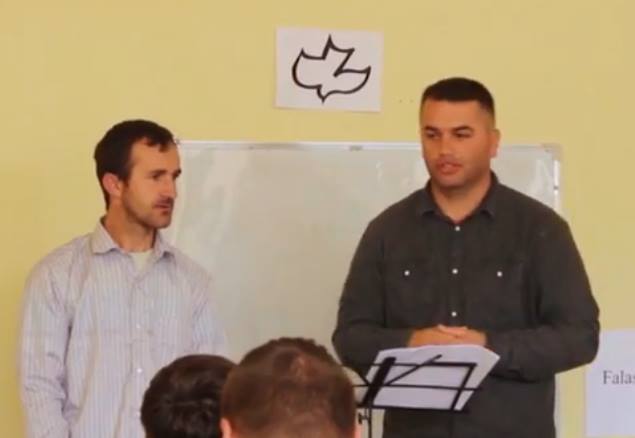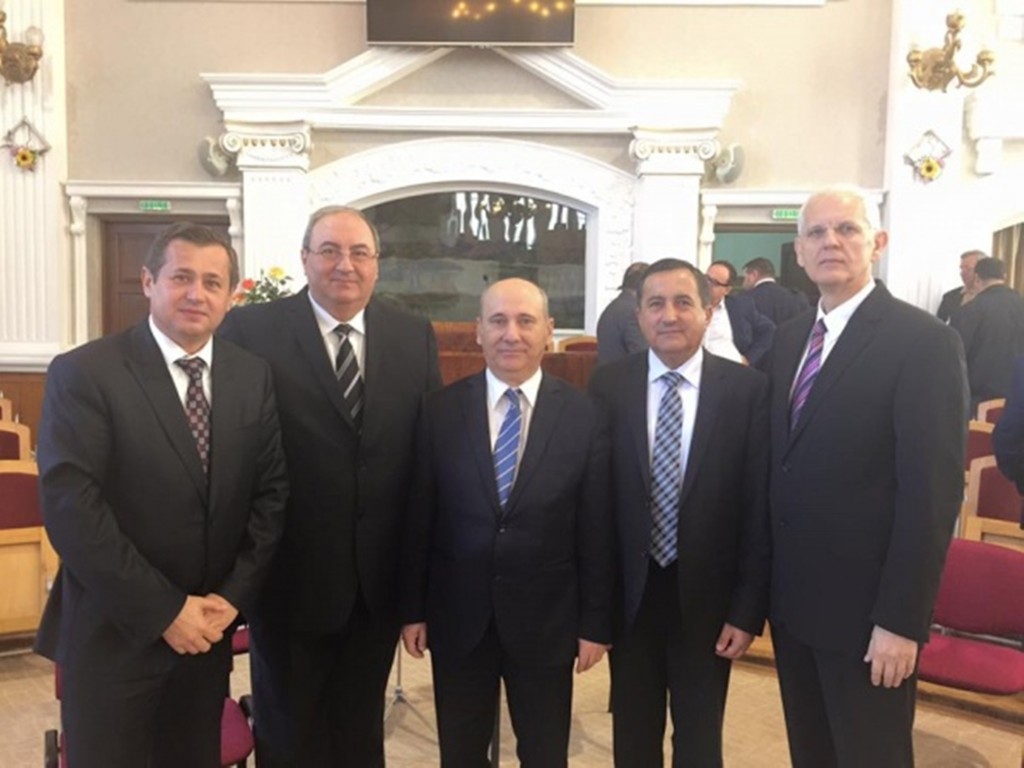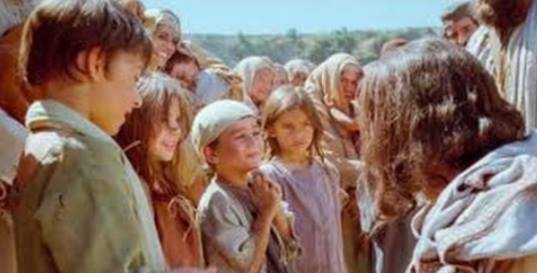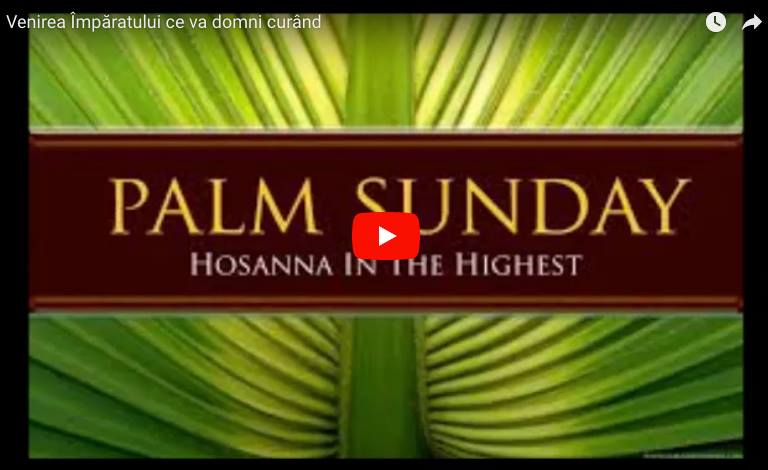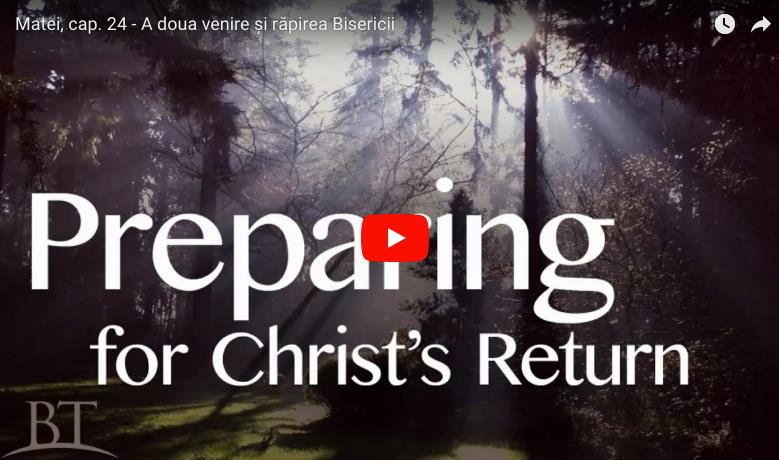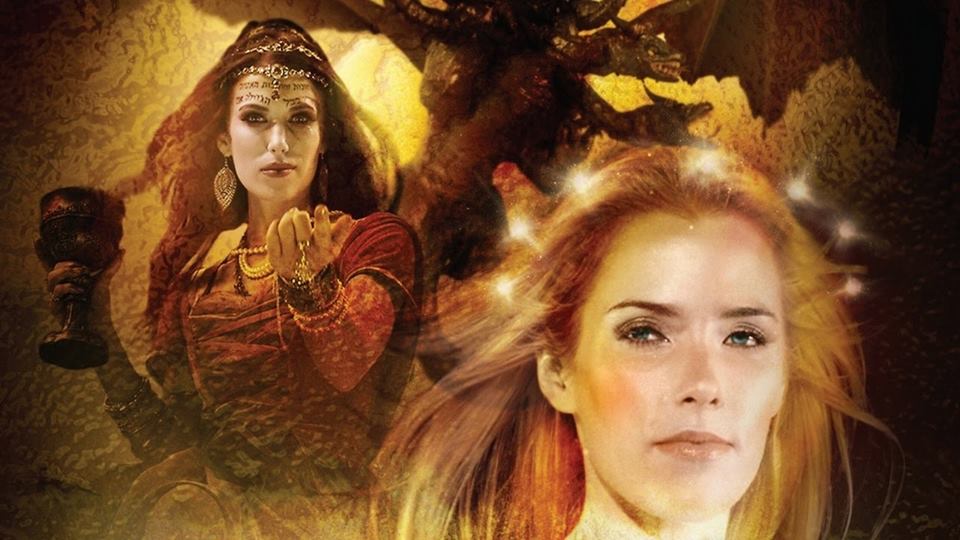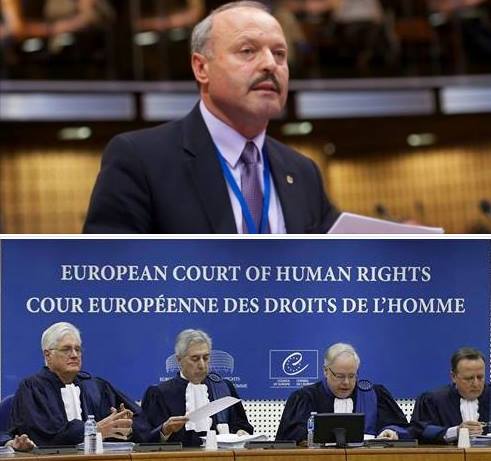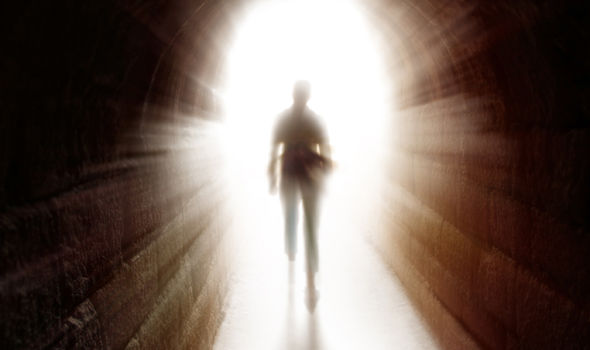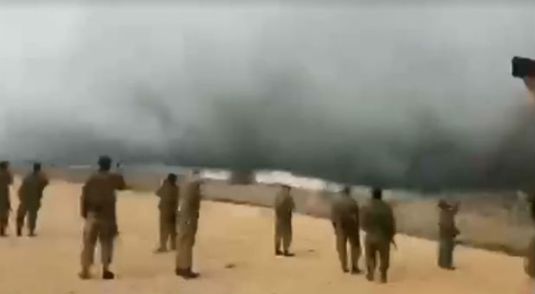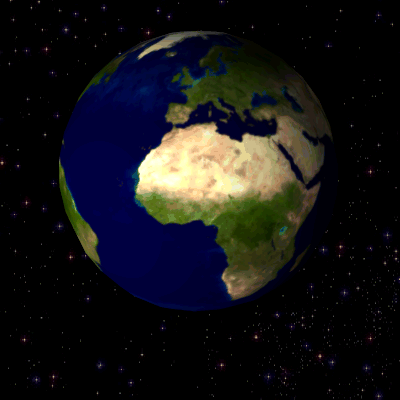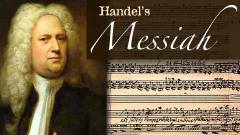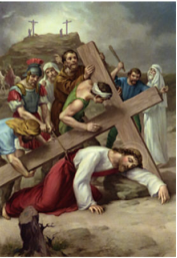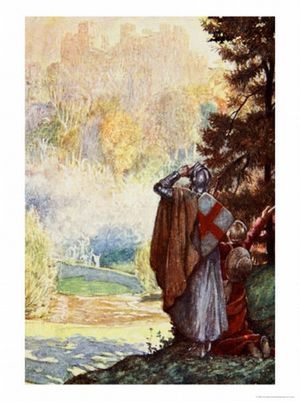from Biblica.
Matthew 2:1-2 The Magi Visit the Messiah
1 After Jesus was born in Bethlehem in Judea, during the time of King Herod, Magi from the east came to Jerusalem 2 and asked, “Where is the one who has been born king of the Jews? We saw his star when it rose and have come to worship him.”
In Matthew’s account of the story of the magi, the ‘guidance’ of a star is mentioned four times (Matthew2:2, 7, 9, 10). Its purpose in terms of the narrative is clear–to guide the wise men to the newborn King. But what scientific validity is there for such a phenomenon?
Given that the magi were almost certainly astrologers, the kind of phenomena familiar to them would have included comets, supernova (though not the term) and a conjunction of planets, all of which are consistent with modern scientific observation. While open to modern refinement, the definition of a comet given by the Roman poet Virgil in the Aenid is still valid; „a star leading a meteor flew with much light”. Likewise, records of the conjuction of planets were carefully kept; there was a conjunction of Jupiter and Saturn in 7 B.C. and of Jupiter and Venus in 6 B.C.
The modern term supernova, a star that suddenly increases in size and brilliance then fades away, may not occur in ancient documentation, but this does not mean the phenomenon was unknown.
Where modern science would differ is in the interpretation held among the ancients. What was important to the astrologer was not only to notice the phenomena, but to search for their meaning. They would have concurred with the statement of Tacitus in his Annals that „the general belief is that a comet means a change of emperor” and that the conjunction of planets is associated with the birth of a king. In fact, a common role for such wise men was to discern the rise of a new king.
 If we accept some element of historicity in Matthew’s account, then any number of combinations is possible and consistent with modern astronomical understanding. The star first sighted by the wise men (Matthew 2:2) could be explained as a supernova. Then the „star that they had seen at its rising” might be a comet that „stopped over the place where the child was”. (Matthew 2:9) Alternately, it could have been a reflection from a planetary conjunction; two of which occurred in 7 B.C. and 6 B.C.– the most likely years of Jesus’ birth.
If we accept some element of historicity in Matthew’s account, then any number of combinations is possible and consistent with modern astronomical understanding. The star first sighted by the wise men (Matthew 2:2) could be explained as a supernova. Then the „star that they had seen at its rising” might be a comet that „stopped over the place where the child was”. (Matthew 2:9) Alternately, it could have been a reflection from a planetary conjunction; two of which occurred in 7 B.C. and 6 B.C.– the most likely years of Jesus’ birth.
The occurrence of these phenomena is plausible in terms of modern astronomy, and their coincidence of time and place is not impossible. At some point, it comes down to a belief that it was God who guided the wise men by utilizing the ordinary processes of creation. The event, therefore, is not a violation of nature, nor a contradiction of modern science, but the way in which nature allows for such coincidences to occur. Ultimately, their importance for the Gospel is that God uses them to witness to the truth of Jesus’ identity on behalf of the gentile world.













